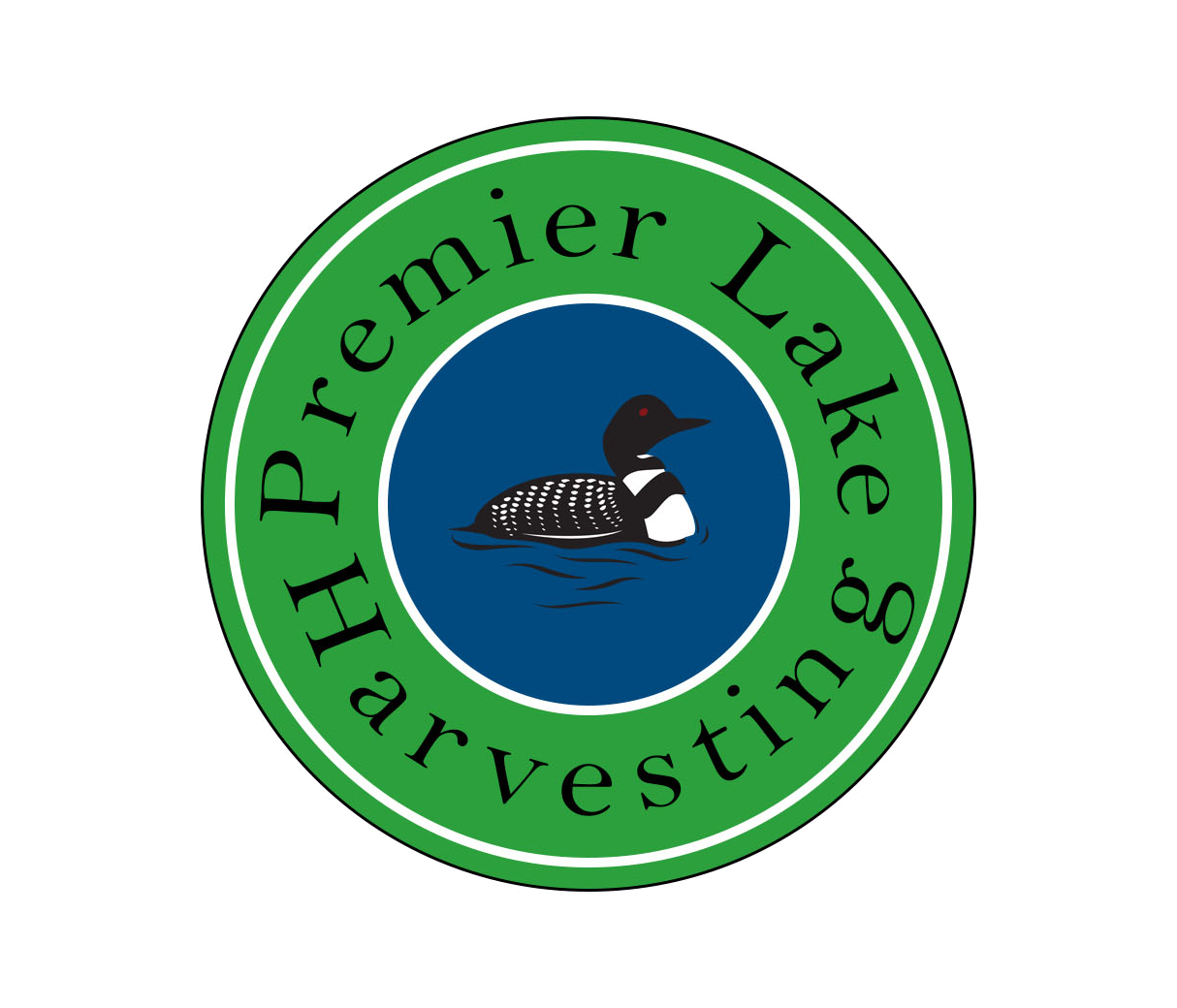Wild celery (vallisneria americana), also known as eelgrass and water celery, is a
native aquatic plant to Minnesota lakes that is quite beneficial to its surrounding
wildlife. Although wild celery is important to Minnesota lake ecosystems, it can
become a recreational obstruction during late July and August when the plant grows
rapidly. The most effective way to maintain wild celery is by hand-pulling or using tools to cut and/or rake the weeds.
How to identify:
Wild celery can grow up to five feet in length. The flat, ribbon-like leaf is dark green
with a light-green stripe that runs down its middle. Near the end of the summer, a
small, white flower grows at the tip of female plants, which reaches the surface of
the water. A spiraling stalk grows around the female plant; this is especially
prevalent in late July and August.
Importance of wild celery:
The native plant, wild celery, is a significant food source for many Minnesota
waterfowl, particularly ducks. Other animals, including muskrats and deer, also feed on wild celery. Besides being a plentiful food source for many animals, wild celery
also doubles as great shelter and a spawning habitat for native fish like largemouth
bass and bluegills. Although the plant can be a recreational interference at times, it
is important to not remove all of the wild celery on a property since many native
species rely on it for food and shelter.

